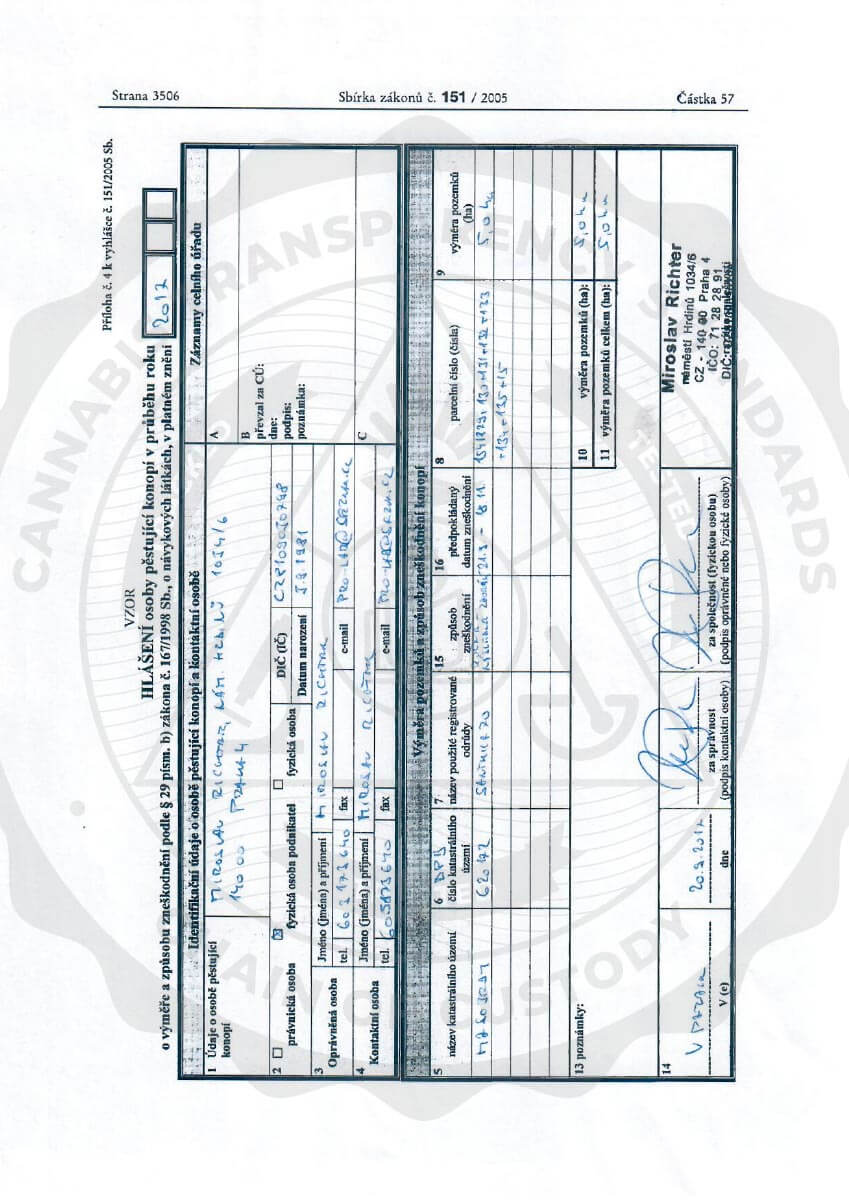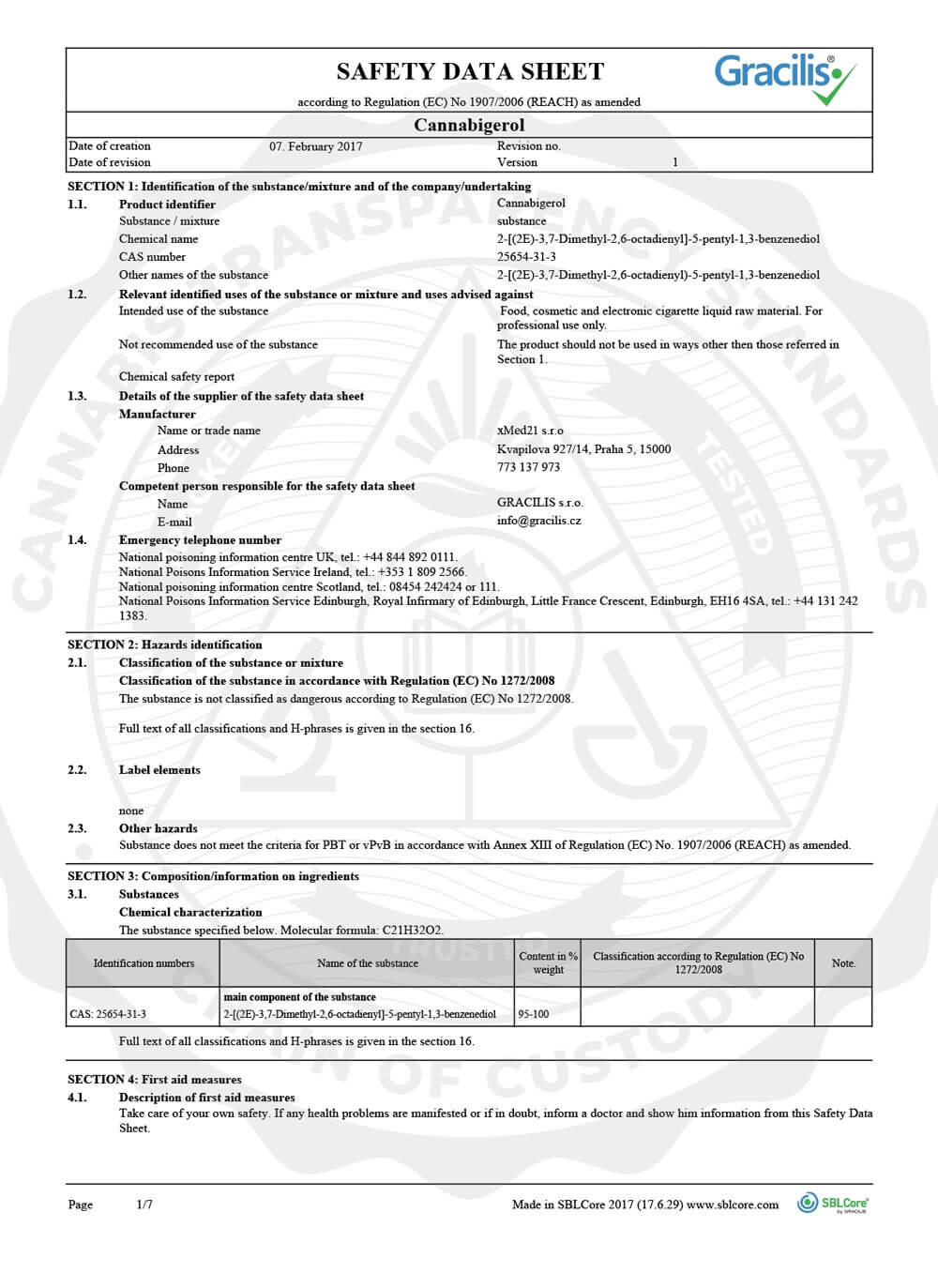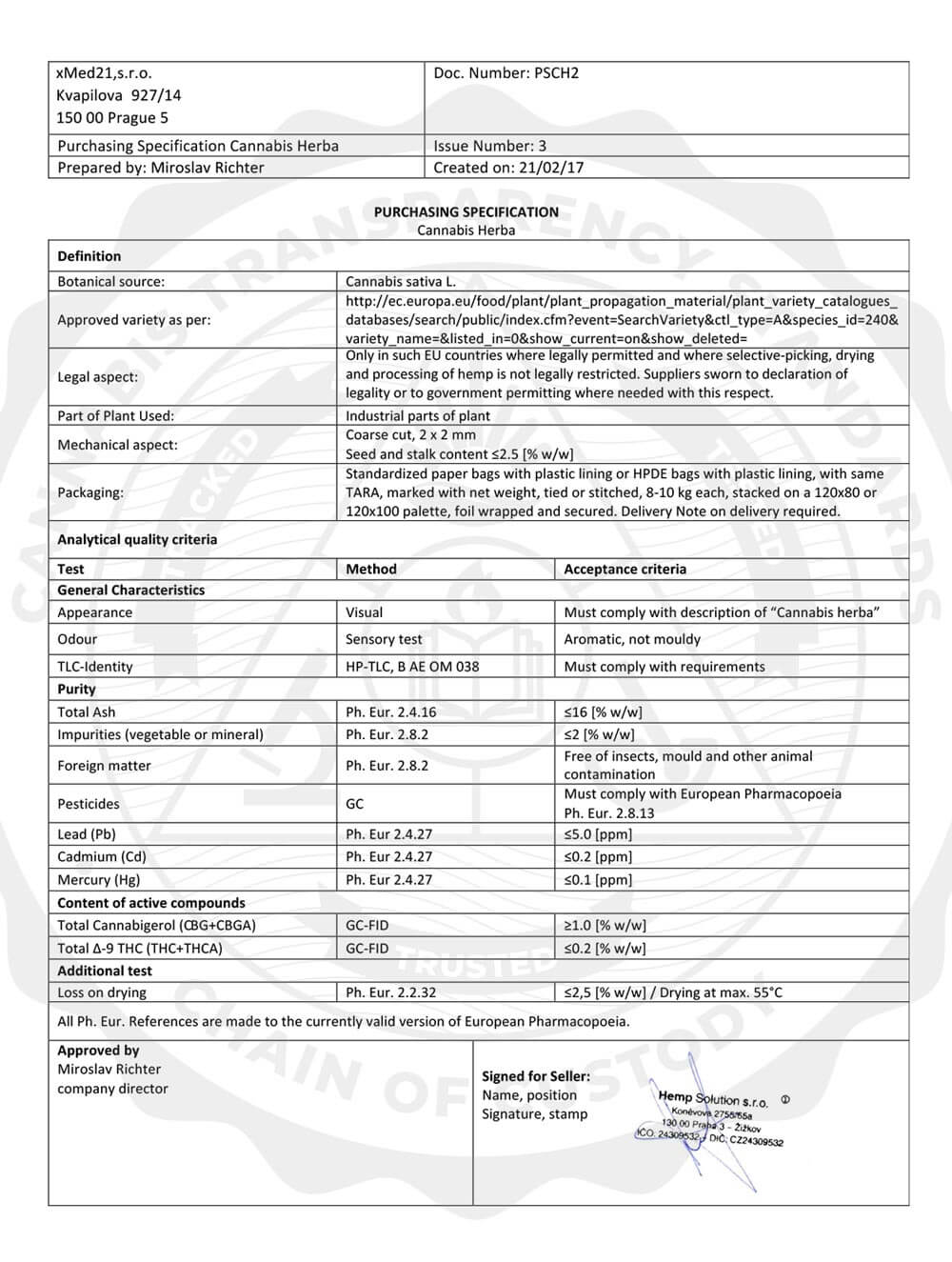
Cannabinoids are a group of compounds found in the cannabis plant. The most well known of these are THC and CBD, but there are several other cannabinoids that also deserve recognition. Cannabigerol (CBG) is one of these lesser-known cannabinoids, but interest in CBG is rapidly growing both in the scientific community and among forward-thinking cannabis companies. This article will explore the role of CBG in the endocannabinoid system (ECS), and present the variety of therapeutic benefits and applications of CBG.
What is CBG?
CBG was first isolated by the same researchers who reported the main psychoactive cannabinoid of cannabis, which is, of course, THC (Gaoni and Mechoulan, 1964). CBG is referred to as a minor cannabinoid because it is present at very low levels (often 1% or less) in most cannabis strains. The acidic form of CBG, CBGA, is found in raw plant matter and functions as a precursor molecule to the major cannabinoids THC and CBD. Often this minor cannabinoid is called the “mother of cannabinoids”, as it is the first cannabinoid produced early in the growth cycle of the cannabis plant, and without CBG, there would be no CBD or THC.
How Does CBG Work?
In addition to its function as a precursor molecule in the cannabis plant, CBG also interacts uniquely with the ECS when ingested. Like other cannabinoids, CBG binds to receptors within the ECS, but CBG is of particular interest because it seems to pose the ability to be an effective regulator of endocannabinoid signaling.1 This means CBG plays a role in how effective a cannabis product can work within your body.

This cannabinoid has the ability to mediate receptors within the ECS and is a partial agonist of the CB2 receptor while showing signs of being an antagonist on the CB1 receptor.1 This relationship with the ECS makes CBG non-psychotropic, and by blocking the CB1 receptor, CBG is thought to inhibit the psychoactive effects of THC.2
CBG has been shown to block transient receptor potential M8 (TRPM8) and inhibit the reuptake of other cannabinoids while doing so.3 This endocannabinoid reuptake inhibition results in increased neurotransmission. Increased neurotransmission is responsible for the many positive effects CBG has been shown to display in humans, including mood-boosting, increased appetite, and reduced pain perception.
CBG Therapeutic Benefits & Uses
The unique characteristics of CBG show a range of potential uses and benefits:

- Pain relief: CBG may be able to provide relief for chronic and inflammatory pain due to evidence that the cannabinoid can inhibit the enzyme MAGL.4 These pain-reducing abilities are further demonstrated by CBG being able to inhibit NAAA as well as antagonize TRPM8.4
- Neuroprotection: GBG has also displayed neuroprotective properties in animal models and this may be beneficial in treatment of neurodegenerative disorders such as Huntington’s disease. The cannabinoid showed the ability to attenuate reactive microgliosis and improve antioxidant defenses in mice that were affected by neuromodulating toxins.5
- Cancer treatment: CBG also exhibits promising potential in cancer treatment as evidenced by several studies. A 2014 study shows that certain cancer types are receptive to treatment by various cannabinoids, including CBG. It has also been shown that cannabinoids have the ability to inhibit tumor growth, as CB2 agonists stimulate apoptotic cell death in glioma cells.6
While these studies show the potential therapeutic qualities of CBG, more research is needed to fully understand how CBG operates in the human body to confirm its benefits and uses.
CBG in Product Formulation
 Due to its unique benefits and relationship with the ECS, CBG has been rapidly gaining popularity in the development of therapeutic cannabis products. As more research is conducted on its potential uses, CBG will likely defy its term of “minor cannabinoid” and join CBD in the ranks as a major player in the cannabis industry and production of therapeutic cannabis products.
Due to its unique benefits and relationship with the ECS, CBG has been rapidly gaining popularity in the development of therapeutic cannabis products. As more research is conducted on its potential uses, CBG will likely defy its term of “minor cannabinoid” and join CBD in the ranks as a major player in the cannabis industry and production of therapeutic cannabis products.
Curious about CBG? Email us at info@cbdge.com or leave a comment below!
CBD Global is a trusted source for high compliant cannabinoids and advanced formulations including CBG and wholesale CBG bulk offerings. We proudly boast over 7 years of unmatched standards in quality, compliance, and transparency.
References
- Navarro, Gemma, et al. Cannabigerol Action at Cannabinoid CB1 and CB2 Receptors and at CB1-CB2 Heteroreceptor Complexes. Front Pharmacol. 2018; 9:632
- Cascio, MG, et al. Evidence that the plant cannabinoid cannabigerol is a highly potent α2-adrenoceptor agonist and moderately potent 5ht1a receptor antagonist. Br J Pharmacol. 2010 Jan: 159(1): 129-141
- Borrelli F, et al. Colon carcinogenesis is inhibited by the TRPM8 antagonist cannbigerol, a Cannabis-derived non-psychotropic cannabinoid. Carcinogenesis. 2014 Dec;35(12):2787-97
- De Petrocellis, et al. Effects of cannabinoids and cannabinoid-enriched Cannabis extracts on TRP channels and endocannabinoid metabolic enzymes. Br J Pharmacol. 2010 Nov.
- Valdeolivas S., et al. Neuroprotective properties of cannabigerol in Huntington’s disease: studies in R6/2 mice and 3-nitropropionate-lesioned mice. Neurotherapeutics. 2015 Jan; 12(1): 185-99
- Sledzinski, Pawel, et al. The current state and future perspectives of cannabinoids in cancer biology. Cancer Med. 2018 Mar; 7(3) 765-775




















